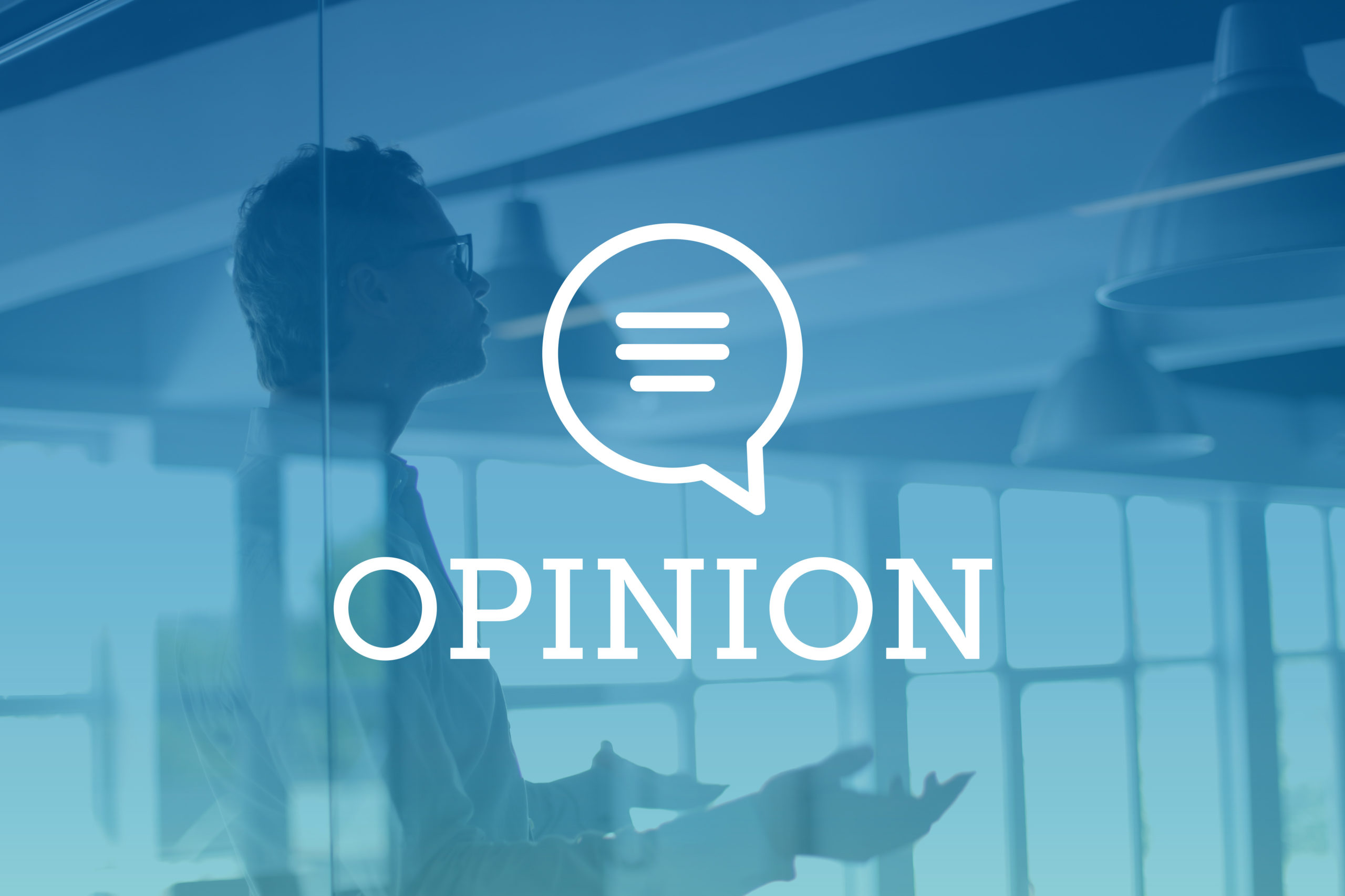
The COVID-19 pandemic has directly or indirectly delayed construction projects nationwide. In order to evaluate their exposures to delay and cost impacts caused by COVID-19, and to manage their risks accordingly, it is imperative that contractors and owners understand their rights and responsibilities respecting such delays.
This article provides general guideposts for analyzing the parties’ risks and responsibilities for COVID-19 delays under the oft-utilized, standard form AIA Document A201 – 2017 Standard Form of General Conditions. In short, determining the contractor’s entitlement under the A201 requires a three-step process:
First: Does the contract contain language defining the parties’ rights and obligations in the event of events or circumstances beyond the control of the performing party? This language is often found in a “force majeure” clause but not always. Indeed, the applicable section of the A201, Section 8.3.1, merely describes a series of events or circumstances that may cause the contractor delay but does not actually use the phrase force majeure. Beyond the contract itself, parties should also review the language of exhibits to the contract, such as the contractor’s assumptions and clarifications (if any), which sometimes contain language bearing on delays.
If the contract does not contain a force majeure clause or similar language, then the rights and responsibilities of the parties will be determined by the common law of the state whose laws govern the contract. Some of the remedies available at common law are “frustration of purpose” or “impossibility of performance” — either of which could excuse the contractor’s nonperformance during the period of delay and/or give the contractor a right to terminate the contract. However, these common law doctrines typically do not give the contractor a right to recover damages for extended general conditions or other damages caused by the delay.
Second: Assuming there is force majeure or similar language in the contract, then does the COVID-19 pandemic fall within the definitions or categories of delays recognized by the contract? Very few existing contracts actually use the word “pandemic” or “health emergency.” Therefore, if it is recognized at all, the COVID-19 pandemic will typically fall under a “catchall” definition or category. For instance, under the A201, the COVID-19 pandemic mostly likely falls under “other causes beyond the Contractor’s control” within subpart 3 of Section 8.3.1.
If the COVID-19 pandemic does not fall under any definition or category of delay in the contract, then the nonperforming party may have serious exposure. By including a “force majeure” or similar provision in the contract, but excluding pandemics and other “catchall” language from such clause, courts are likely to conclude that the intention of the parties was to not afford the contractor any relief for delays other than those expressly defined. This would mean the contractor is still required to perform, irrespective of the COVID-19 pandemic, and is still liable for liquidated damages if the project is not completed on time. This potentially harsh outcome is likely to be tested in litigation and appeals decisions in the near future.
Third: Assuming that delays caused by the COVID-19 pandemic are recognized by the contract, what is the remedy? In general, there are two basic remedies for delays: extension of the contract time; and/or increase of the contract sum. The A201 provides that the “Contract Time shall be extended for such reasonable time as the Architect may determine.” The effect of extending the contract time is to relieve the contractor from failure to timely achieve substantial completion, and thus the imposition of delay-related damages against the contractor.
However, the A201 does not expressly entitle the contractor to an increase in the contract sum for excusable delays. As result, the contractor may not have a contractual right to recover extended general conditions from the owner for delays caused by the COVID-19 pandemic. Rather, unless the A201 has been modified, the contractor may be required to bear these costs during the period of delay, without reimbursement by the owner.
Contractors will likely point out that while there is no express entitlement to increase the contract sum, Section 8.3.3 provides that Section 8.3 “does not preclude recovery of damages for delay by either party under other provisions of the Contract Documents.” However, the other circumstances in which the A201 entitles the contractor to increase the contract sum are limited and include: the owner’s failure to provide evidence of financial arrangements; discovery of concealed/unknown conditions; the owner’s rejection of a proposed subcontractor; change orders and construction change directives; work stoppage caused by the owner’s failure of payment; discovery of hazardous materials; suspension by the owner for convenience; and emergencies. In general, these provisions require some action or agreement by the owner to entitle the contractor to recover extended general conditions during the period of delay.
— Jonathan Pray and Kevin Walsh are shareholders at Brownstein Hyatt Farber Schreck

